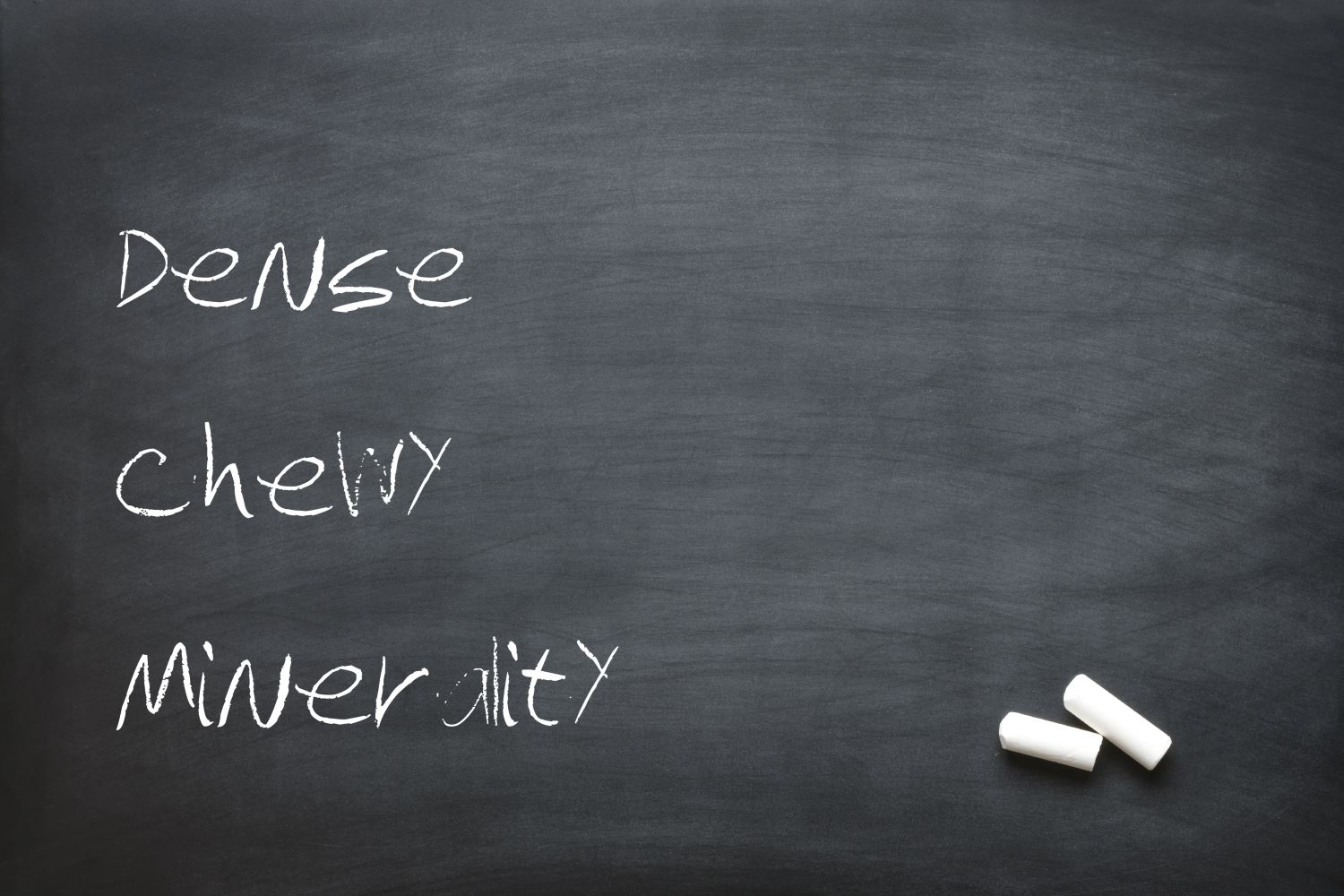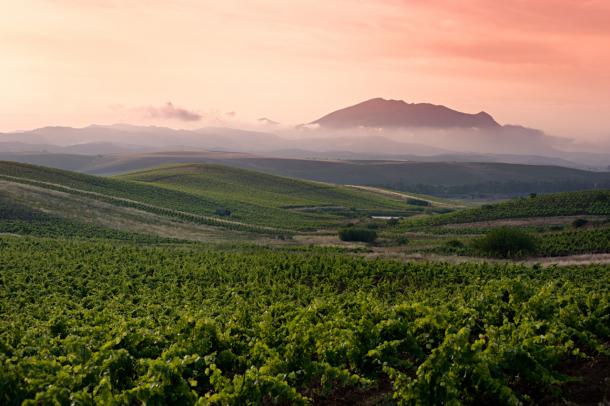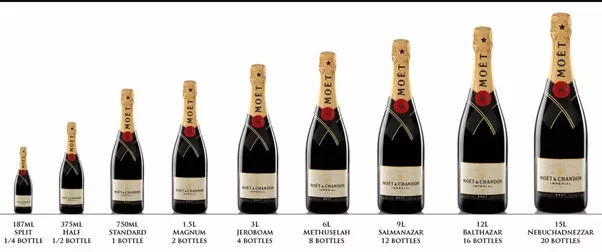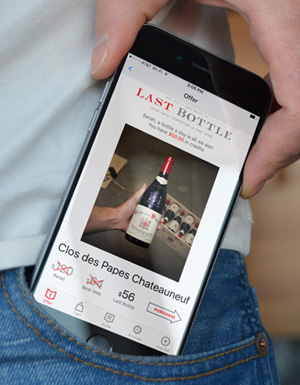Summoning the right words to describe flavors and aromas isn’t easy, and most of us rely on a critic’s review or tasting notes on the label to better understand what to expect in a wine. The thing is, tasting notes often include some overblown language that may leave you scratching your head. After all, when is the last time you tasted a “gooseberry” or “wet stone”? Below we gathered some of the most commonly used wine descriptions so you can better understand what they really mean as you try to decipher your next tasting note.
Words To Describe Aroma/Flavor
Big – Most often used to describe a wine packed with mouth-coating flavor, though it could also refer to the tannin in red wine.
Barnyard – Typically used in reference to Old World Bordeaux wines to describe an earthy aroma that may remind you of manure, burnt rubber, or wet hay. While not inaccurate, as you might imagine it’s not entirely flattering and you don’t see this used as often because it doesn’t make a strong selling point. The funky smell results from compounds created by brettanomyces, a yeast used in fermentation.
Black fruit – Describes a broad range of dark flavors like cassis, blackberry, and ripe plum for example. Most often associated with Cabernet Sauvignon, Zinfandel, Petite Sirah and other bold reds.
Buttery – Often used to describe a “California style” Chardonnay or any other white wine that has seen malo-lactic fermentation and oak aging. It describes not just the flavor but also the rich texture which can be creamy or oily.
Cassis – A ripe, syrupy byproduct of black currants, most often used in describing big reds.
Cigar Box – Refers to sweet vanilla and caramel flavors which usually from aging in new oak barrels and most often associated with red wines.
Crisp – Used to describe white wines that have a bright acidity that you might find refreshing on a warm summer day.
Grassy – This description is typical of New Zealand Sauvignon Blanc and describes a fresh cut grass smell or flavor.
Jammy – While sommeliers and winemakers might hate this term, the broader public often revels in a jammy wine, which refers to ripe fruit-forward flavors. Jammy wines might include Grenache, Merlot, Shiraz and Zinfandel.
Minerality – To better understand this term, try licking a piece of granite. If that doesn’t sound fun, just know that minerality is used as a broader term to describe chalk, crushed rock, river stone, or slate flavors in white wines.
Oaky – Oak barrels play a fundamental part of aging wine and can produce some of the more pronounced non-grape flavors. The term may refer to butter and caramel flavors in white wine or vanilla and baking spice in red wine.
Red fruit – A broad term that includes flavors of raspberry, strawberry, cranberry and cherry. Often used to describe lighter style reds such as Pinot Noir or Barbera, but also applies to certain “dense” reds.
Steely – Often found in the description of a crisp wine, and associated with white wines aged in stainless steel.
Toasty – A byproduct of oak aging might include a “toasty” element, which could vary in degree depending on the nature of the oak. Some oak is exposed to open flame for longer, which may impart a more pronounced smoky flavor.
Words on body/structure
Creamy – A white wine or Champagne that has been aged in oak may have a distinct creamy texture that comes from malo-lactic fermentation, which makes the wine slightly thicker and more viscous.
Dense – This doesn’t mean your wine has a low intelligence, but rather that it’s packed with flavor. You’ll often see this word used before an array of specific flavors, as in “a dense wine that unfolds with flavors of…”
Flabby – A wine that lacks acidity may be called “flabby”, which isn’t a positive trait. Flabby wines may be one-dimensional, showing only a single dominant, often over-ripe, jammy flavor.
Flamboyant – Similar to the term “big”, flamboyent describes a wine that has dense flavors, a long finish, plenty of new oak, and a depth of character.
Grainy (grippy, chewy) – Describes the tannins found in red wine, which leave your mouth feeling dry and puckered. Tannins can vary in size and thus might be described as “fine grained” in an older vintage as they become less “grippy” and more “polished”.
Opulent – Similar to flamboyant, a wine that’s opulent has a nice balance of rich, full flavors, with polished tannins and a long finish.
Tight – When a wine is tight it usually has a tannic quality and you can’t readily identify any particular fruit flavors. It could benefit from decanting, which allows the flavors to “breathe” and “open up”.
Velvety (soft, plush) – This is the red wine equivalent to “creamy” in whites, and stands opposed to “grainy”. It describes a wine that’s velvety has smaller tannin chains that carry a rich flavor without leaving your mouth feeling as dry.
Developing an accurate vocabulary for wine takes practice. Luckily that’s something most of us don’t mind doing, and as you taste different styles you’ll gain a broader appreciation of these terms. Try using some of these words during your next trip to the tasting room, or when your good friend opens an expensive Bordeaux at dinner. Don’t worry if you don’t have total confidence in your word choice; chances are nobody will fault you because you’ll sound so savvy. And in case you want to mimic some of the more comical phrases that plague reviews, check out the Random Wine Review generator, which could supply some cheeky ideas to mix into your repertoire.
What are some of your “go to” descriptors for wine? Let us know in the comments below!













